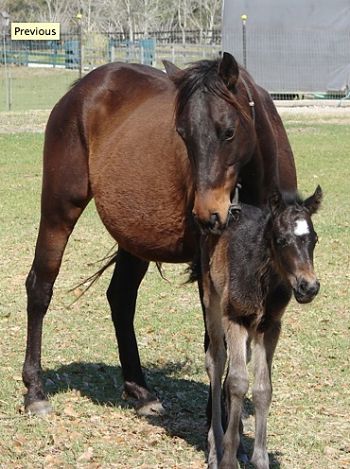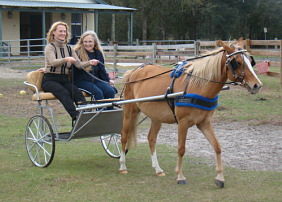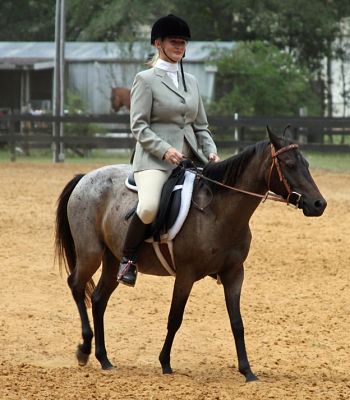Galiceño Horses
By Richard M. Blaney

Galiceños are a rare breed of horse that are direct decedents of horses brought into Mexico by Spanish Conquistadores beginning with Hernando Cortes in 1519. Waves of Spanish Conquistadores, missionaries and settlers over the next few decades established breeding herds in Mexico. These horses served as the foundation horses of the Colonial Spanish Horses of the Americas. In southern Mexico where the original herds were established, the horses were isolated and through Natural Selection, Galiceños developed. DNA tests have determined that current day Galiceños are very pure showing no genetic markers of other breeds and closest to the primitive Garranos of the Iberian Peninsula.
Galiceño Horses were brought out of Mexico and into Texas during the 1950′s. In 1958, the Galiceño Horse Breeders Association was established and the breed was officially recognized.
Although small, they quickly became popular cattle horses because of their agility, endurance, intelligence, and natural “cow sense.” Galiceños showed their abilities at horse shows in Texas and Galiceño clubs were formed in Spokane, Washington, and Orlando, Florida during the 1960′s and ‘70′s. By the mid ‘70′s, however, there were no sponsors of these clubs, the horses were dispersed and their numbers diminished. There are probably only a few hundred left, and most not in breeding situations. There are only a handful of breeding ranches left, a few in Texas and one in Florida. The Florida based Galiceños of Suwannee Ranch in Live Oak is dedicated to the preservation and promotion of this breed.
Interview with Richard M. Blaney, owner and breeder of Galiceno Horses
Characteristics of the Galiceño Horse
Galiceño Horses are small, 12-13.2hh, ideal for children yet sturdy enough to carry a 200 pound person all day long. They can be found in all solid colors from perlino to black, as well as Duns and Roans. There are no pintos or albinos allowed in the breed registry. They have all the characteristics of Spanish horses, such as small to medium size ears with the tips pointed inward. Their head is very refined, jowls are medium, and the neck is slightly arched. The withers are moderate. The back is short and straight, and the croup is not level, sloping slightly. The tail is set moderately high and is usually carried straight back when running. Their chest is medium to narrow and contributes to their agility. Their hind legs are slightly more under the horse than other breeds. The movement is smooth, the walk has long strides and many have a ground covering running walk. The trot and jog/cantor are very smooth.

Galiceños are work horses on cattle ranches in Mexico and Texas, are ridden in Western and English disciplines, are excellent jumpers, and readily take to pulling a cart.
Their small size puts them in Pony Classes, but their proportions are not like a pony. The head is much smaller than most ponies. This makes it a challenge to find tack that fits properly. Some “Pony” bridles work well, and “Cob” for the larger Galiceños can fit. Their short back also challenges finding a proper saddle. Rounded skirts in Western Saddles seem to work best, and English saddles work very well, but our best saddles have been custom made for Spanish horses.
~ Richard M. Blaney, owner of: Galicenos of Suwannee Horse Ranch, author, copyright 2014. Permission is granted to share this article for educational purposes only as long as proper credit and acknowledgment is given to the author and source. No parts of this article may be reproduced for commercial purposes without the express written consent of the author.

